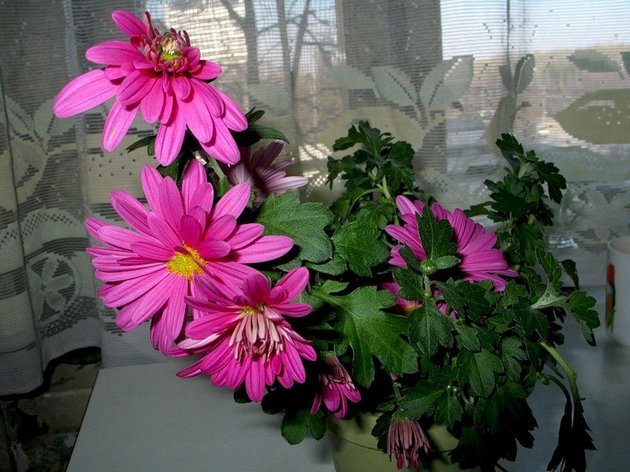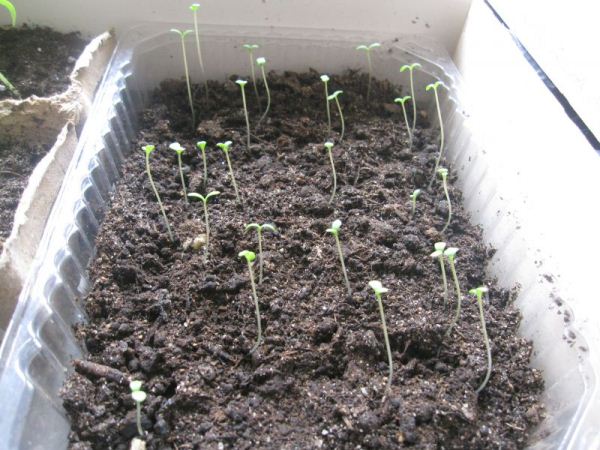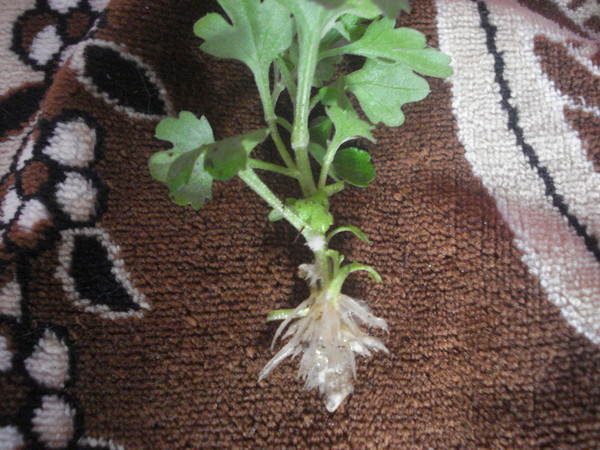Content:
Lush and beautiful flowers adorn city flower beds, front gardens of houses. Even on balconies and window sills, you can see indoor varieties. Everyone admires the flowers, but not everyone knows how to properly breed chrysanthemums.
Planting chrysanthemums
The procedure for planting chrysanthemums is not at all complicated, but some rules must be followed. The condition and beauty of the chrysanthemum depends on their conscientious implementation.
Seat selection
Spring planting of the crop is carried out in early June, when the threat of return frosts has completely passed. If the planting of flowers is planned for the fall, then it is necessary to calculate the period so that at least two weeks remain before the first frost. Only in this case the chrysanthemum will have time to take root and get stronger.
When looking at a plot for a flower garden, you need to opt for an elevated place where there is a lot of light and little wind. Chrysanthemum really does not like stagnant water and shade. As for the soil, the plant needs a slightly acidic, neutral environment. Clay and sandy soils require additional fertilization.
When introducing fertilizers, it is necessary to take into account that not rotted manure can be applied, it is better to make a choice in favor of humus, vermicompost. However, you need to apply top dressing with care, not overdoing it, otherwise, instead of flowers, plants will begin to intensively develop green mass.
How to plant a crop
The best day to plant flowers is cloudy and ideally when it is raining. It is better not to waste time on the holes, but to plant the plant in a trench, with an interval of about 40 cm.
Simultaneously with the landing, pinching is carried out: removal of the growth point. The side shoots are also pinched to grow a dense chrysanthemum bush. This manipulation is carried out for small-flowered varieties. Growing large flowers involves removing side shoots.
For tall varieties, stakes, mesh, and their wire structures are substituted as support.
Watering
Chrysanthemum should always be watered abundantly, but make sure that the water does not stagnate. With a lack of moisture, the stems of the flower become woody, and the flowers become dull.
Top dressing
Top dressing for chrysanthemums is a must. Mineral and organic fertilizers should be alternated. 3-4 feeding is carried out per season.
The first feeding is needed with ammonia nitrogen, so that the crop grows green mass. To stimulate intensive flowering of chrysanthemums at the time of budding, phosphorus-potassium fertilizers are offered.
Indoor chrysanthemum
Chrysanthemums can be successfully grown in pots on the balcony, on the windowsill. Flowers in the room require a lot of air, so systematic ventilation should be done.
Since the space of the chrysanthemum is limited by the pot, it has nowhere to get food. Multiflor will help the flower. Spraying weekly home plants with this fertilizer, you can sufficiently provide it with all the necessary substances.
Reproduction of chrysanthemums
In order for bright flowers to decorate the garden until late autumn, you need to know how to propagate chrysanthemum. Reproduction of chrysanthemums is carried out in several ways.
Seed reproduction
By the end of May, the holes are prepared and watered with warm water. 3-4 seeds are spread in them, sprinkled with soil and covered with a film to preserve moisture and heat. After the emergence of seedlings, the covering material is removed, the soil is loosened, and weeds are removed.
When the sprouts are well grown, they are seated separately.
Seedling method
Early spring is the best time to grow seedlings. Shallow containers are filled with soil mixture, after taking care of the drainage.
Before propagating chrysanthemums by seedlings, it should be borne in mind that the seeds of annuals need to be sprinkled with earth, and perennials should only be lightly pressed to the soil. After moistening the planting, the container is covered with glass, film.
Keep boxes with seedlings warm, periodically ventilating and moisturizing with warm water. After the sprouts appear, all containers are placed in the sunniest place and they begin to harden the seedlings, periodically removing the shelter.
Ready seedlings are planted in May.
Cuttings
Not everyone knows how to properly propagate chrysanthemum by cuttings.
You should first take care of the mother liquor. Winter can damage it, so they make a shelter from spruce branches, oak branches. A good solution would be to move the mother liquor to the basement. At the same time, during the winter, you must not forget to water it.
Before cutting a chrysanthemum, you should give it the opportunity to prepare well for spring: feed it with fertilizers, remove damaged parts. After a while, the mother liquor will be ready for active reproduction.
At the end of spring, cuttings can be cut from the mother liquor. Cutting chrysanthemums will be successful if you use only basal material. Lateral growth will not give positive results.
When the roots appear, the cuttings are transplanted to a permanent place.
When you liked chrysanthemums, how to breed them from the existing bouquet? Unambiguously by cuttings. First, the bouquet is examined for the presence of lateral shoots. If there are any, they are carefully cut off, and before rooting the chrysanthemum, they are dipped in a growth stimulator and placed in the soil mixture. Top cuttings are covered with jars to create the necessary condition for rooting.
In a similar way, you can carry out cuttings of chrysanthemums in the summer, cutting off the lateral shoots of adult bushes and root them.
Dividing the bush
Inexperienced florists are often interested in how chrysanthemums reproduce in the simplest way.
The easiest way to propagate a flower is to divide the bush. The procedure is carried out at the very beginning or at the very end of summer. Choose strong, healthy plants with well-developed inflorescences.
The dug uterine bush is taken by hand and the roots and shoots are carefully divided into parts. They are planted immediately in pre-prepared pits with humus. Plantings are watered abundantly, but so as to avoid stagnant water.
Florist recommendations
- From the very beginning of autumn, chrysanthemums need to be fed. First of all, they are treated with an organophosphate insecticide every 4 days three times. During this period, frequent watering is not needed.
- In the last days of September, it is advisable to do a transshipment for chrysanthemums: the main lump is slightly shaken off until the roots are slightly exposed and transplanted into pots. Drainage is required.
- In the fall, the bushes are examined and, if necessary, treated against pests so that they do not settle for the winter in a chrysanthemum bush.
- Elite varieties should be replanted every 3 years to a new location.
Observing simple rules, you can grow and propagate beautiful varietal flowers for home and garden.
















